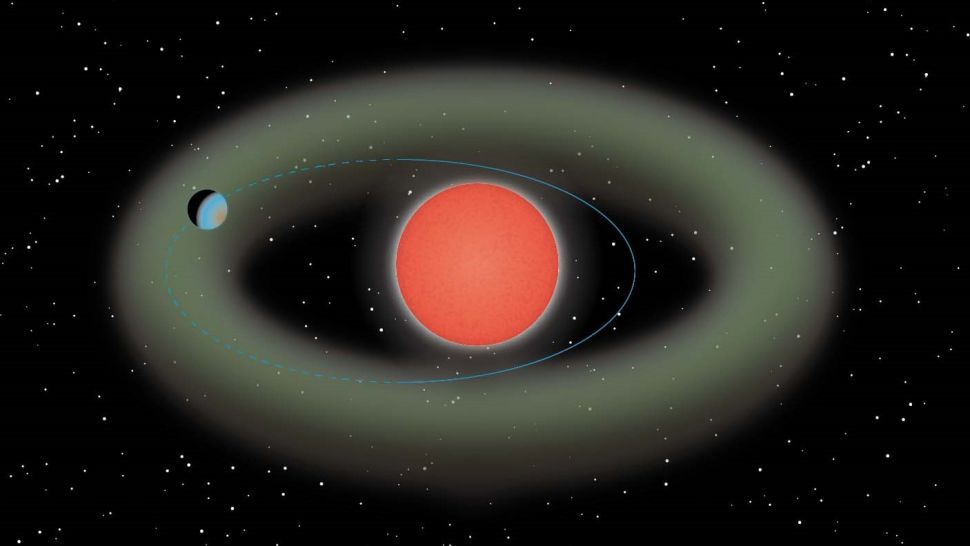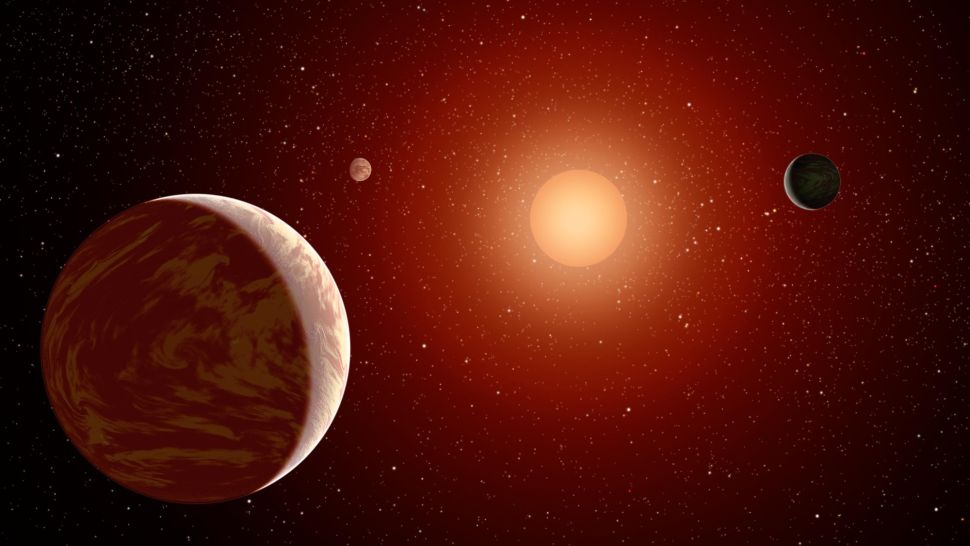Super-Earth planet flies past red dwarf star’s habitable zone.
The newly discovered exoplanet is 37 light-years from Earth and was found by astronomers using a new instrument on the Subaru Telescope in Hawai’i.
A “super-Earth” has been found by astronomers circling a red dwarf star only 37 light-years away from our solar system.

The exoplanet Ross 508 b travels through the parent star’s so-called habitable zone, which is the region where surface temperatures are sufficient for the presence of liquid water, a necessary component of life. The recently discovered exoplanet, which was found using a novel infrared monitoring technology, has almost four times the mass of Earth. Due to its close closeness to Earth, this super-Earth is perfect for atmospheric studies that might help scientists ascertain if life is possible orbiting low-mass stars.
According to team leader and professor Bun’ei Sato of the Tokyo Institute of Technology, “having the very first planet identified by this innovative technology be so tantalizingly near to the habitable zone appears too good to be true and speaks well for future discoveries.”
Around three-quarters of the stars in our galaxy, the Milky Way, are red dwarfs, tiny stars like Ross 508, which has roughly one-fifth the mass of the sun. Red dwarf stars and their systems are excellent targets for the hunt for planets outside the solar system and the exploration of potential life elsewhere in the cosmos since they are particularly prevalent in the area around our solar system.
Red dwarfs are chilly, with temperatures ranging from 2,000 to 3,500 Kelvin, due to their tiny size. Astronomers must examine them in infrared because, unlike bigger stars, their comparatively low temperatures render them faint in visible light.
The Japanese Astrobiology Center created the InfraRed Doppler instrument (IRD), an infrared observational tool, to put atop the Hawaiian Subaru Telescope in order to do this. The world’s first high-precision infrared spectrograph for an 8-meter telescope, this tool was used by the scientists to begin their hunt for evidence of planets around red dwarf stars.
The researchers specifically searched for the signature ‘wobble’ that an exoplanet introduces into its parent star’s orbit; the wobble manifests as a minute change in the wavelength of the star’s light as it travels closer to and further from Earth.

The effort, which is formally known as the IRD Subaru Strategic Program, has achieved its first success with the finding of Ross 508 b. (IRD-SSP).
The development of the IRD has been ongoing for fourteen years, according to Sato. The goal of our ongoing development and study is to locate a planet that is exactly like Ross 508 b.
Only the third planet ever discovered orbiting such a low-mass star, Ross 508 b, is only a tenth of Earth’s distance from its parent star on average. The planet’s very eccentric orbit, according to its discoverers, sends it within Ross 508’s habitable zone every 11 days.
According to a statement from Subaru Telescope researcher Hiroki Harakawa, Ross 508 b is the first successful discovery of a super-Earth using solely near-infrared spectroscopy. “Prior to this, near-infrared observations alone were not accurate enough in the discovery of low-mass planets such as super-Earths, and verification by high-precision line-of-sight velocity measurements in visible light was essential.” The majority of the exoplanets that scientists are currently finding are significantly larger than super-Earths (even though they are bigger than our planet).
Harakawa noted that the research, on which he served as the primary author, demonstrates that IRD-SSP can identify planets even while operating independently. The capacity of IRD-SSP to find planets with high precision even near late-type red dwarfs that are too weak to be detected with the naked eye, he claimed, is a key benefit of the work.
The team’s research was published June 30 in the journal Publication of the Astronomical Society of Japan (PASJ).




0 Comments